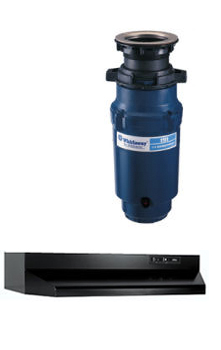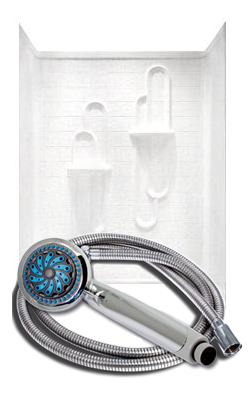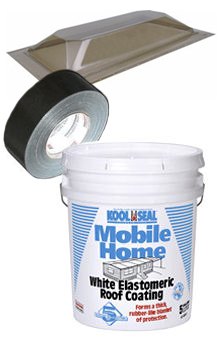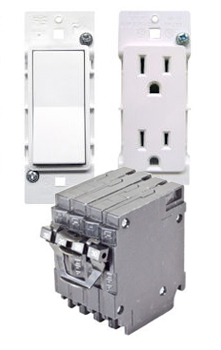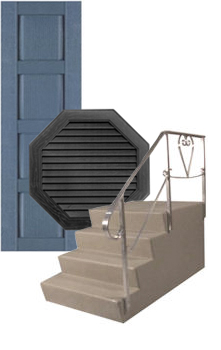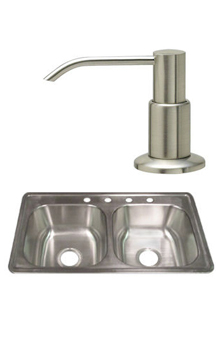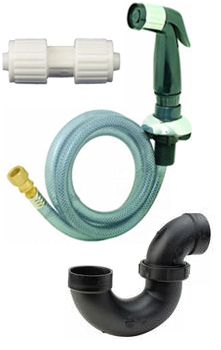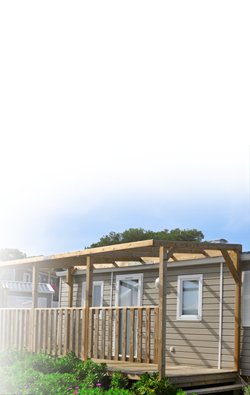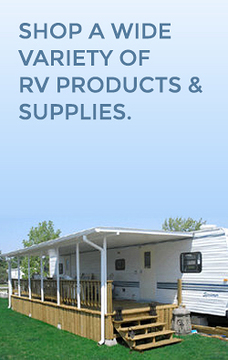
Being “gone with the wind” isn’t so charming for mobile homes. High winds, earthquakes, heavy storms, and tornadoes can move or even tip over a mobile home. While some damage or movement might be unavoidable, one important way to reduce this risk is by using mobile home anchors and tie-downs. These help keep the mobile home securely attached to its foundation.
Tie-downs, often made of steel, either wrap around the mobile home and attach to ground anchors or secure it from underneath, connecting to ground anchors.
There are several ways to anchor a mobile home, and the best method depends on where you live, the type of mobile home you have, and what you’re anchoring it to. In this article, we’ll cover everything you need to know about mobile home anchors and tie-downs, including different types, installation tips, and guidelines to keep your home safe and secure.
Anchoring System Components
A mobile home’s anchoring system has a few essential parts that work together to keep the home firmly attached to its foundation. Here’s a quick rundown of the main components:
- Anchors: These are put into the ground and help resist strong winds.
- Tie-Downs: Straps or cables that link the anchors to the mobile home’s frame.
- Stabilizer Plates: Used with some anchors to prevent them from moving around in loose soil.
Types of Tie-Downs
The type of tie-down you need usually depends on when your mobile home was built. Older homes often have exposed over-the-top tie-downs. While this system is effective, it can affect the look of your house since the straps go over the siding and roof.
In the past, many mobile homes had concealed over-the-top tie-downs. These straps are hidden under the exterior siding and metal roof, with the ends hanging out beneath the home.
Newer homes might not use over-the-top tie-downs at all. Thanks to improvements in structural strength, these homes are typically secured with anchoring straps attached to the steel frame rails, known as frame anchors. This method is also used to secure double-wides.
Types of Anchors
When anchoring a mobile home, you can choose between top and frame anchoring. The type of ground anchors you’ll use depends mainly on the kind of lot where your mobile home is set up. Here’s a simple rundown of the different anchors available:
- Concrete (Deadman) Anchor: This anchor combines an auger with a concrete slab, providing a solid and secure hold.
- Auger Anchor: Common and versatile, auger anchors work well in both hard and soft soils. Made of steel, they screw into the ground for a firm attachment.
- Drive Anchor: Meant for use in concrete, drive anchors are driven into the concrete for a strong, secure fit.
- Hard Rock Anchor: Designed to secure a mobile home to a rock foundation.
- Concrete Slab Anchors: Offer extra support for homes placed on concrete slabs.
How Many Mobile Home Tie-Downs Are Required?
The number of tie-downs required for your mobile home depends on several factors:
- How Wide is Your Mobile Home? Double-wide homes are heavier and need only diagonal tie-downs. Single-wide homes are more vulnerable to being lifted by winds and require vertical tie-downs as well.
- How Old is Your Manufactured Home? Older homes often have over-the-top tie-downs, while modern homes usually use frame tie-downs installed underneath the unit.
- What Wind Zone Does Your Mobile Home Reside In? Wind zones set by the U.S. Department of Housing and Urban Development dictate how many tie-downs are needed. Coastal areas need more anchors due to stronger winds.
- What Kind of Foundation Are You Anchoring To? Different types of foundations need different kinds and numbers of anchors and tie-downs.
Tie-Down and Anchor Installation
Installing a tie-down and anchoring system is a task most DIY enthusiasts can handle. However, it’s smart to get advice from someone experienced to ensure you choose the right anchor for your soil, have enough anchors for your wind conditions, get the correct tension on your tie-downs, and position your frame tie-downs correctly. At the very least, have a building inspector or trained installer check your work when you’re done.
- Make Sure Your Level: Before you start with the anchors, make sure your mobile home is level with the ground.
- Do Your Homework: Use only as many anchors as needed. Check local weather charts for wind speeds and consider your mobile home’s size to determine the correct number of anchors.
- Check the Soil: Find out what type of soil is on your property. Are there concrete slabs where you’ll be placing anchors? This info will help you choose the right type of anchor—or decide if you need them at all.
- Select Anchors/Hook-Ups: Work with a supplier to get the right number and type of anchors. Pick the correct hook-ups and tensioning devices for securing your mobile home.
- Outline Utilities: Some anchors need to be driven 5 feet into the ground. Make sure you know where your water, gas, and electrical lines are so you don’t accidentally hit them. Mark these lines clearly.
- Arrange the Tie-Downs: Secure the cable or strap over a roof rafter. Make sure they don’t block windows or doors as they come down to the ground.
- Install the Anchor: Installation depends on your tie-down type. For vertical tie-downs, drive the anchor straight down. For frame or diagonal tie-downs, install the anchor at an angle of at least 40 degrees. You can also install a frame anchor vertically by adding a stabilization device to keep it from shifting or pouring concrete around the anchor. The concrete should be at least 18 inches deep and 10 inches in diameter. Follow the instructions provided with your anchors for specific details.
- Adjust: Finally, adjust the tension evenly from side to side. Don’t tighten one side and then the other. The straps should be tight, not loose, to properly support your mobile home and keep it steady in high winds.
 Mobile Home Anchors from Mobile Home Parts Store
Mobile Home Anchors from Mobile Home Parts Store
At Mobile Home Parts Store, we offer a wide range of anchors and tie-downs to meet your needs. Whether you have a single- or double-wide home, we have the supplies to ensure its safety and security. Our products are designed to meet all local building codes and regulations, giving you peace of mind.
Conclusion
Anchoring your mobile home is essential for safety and peace of mind. Understanding the different types of tie-downs and anchors and how to install them will help you keep your home secure. Whether you choose to do it yourself or hire a professional, follow all guidelines and regulations.
Check out the selection at the Mobile Home Parts Store for all your mobile home set-up supplies, including anchors and tie-downs. With the right equipment and installation, you can ensure your mobile home remains safe and stable in any weather condition.
Tags: anchors, mobile home, mobile home anchor, mobile home setup supplies, Mobile Home Tie-Downs, set-up supplies, Tie-Downs


